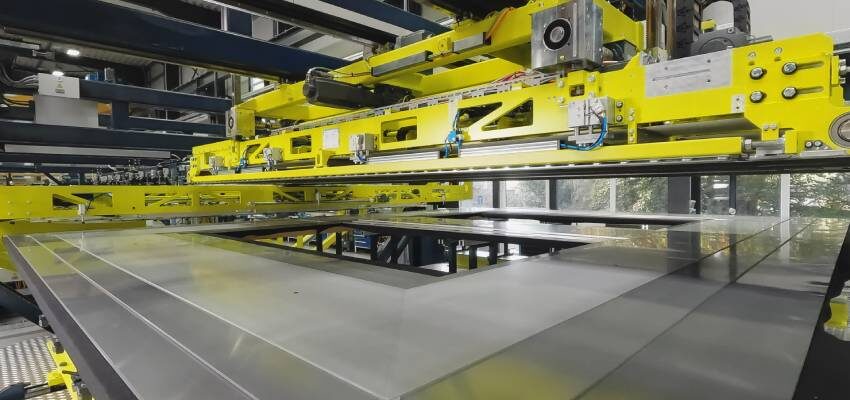
The evolution of transformer core production
New regulations about low loss transformers in different countries around the world, in line with the greener policies to reduce carbon emissions, have driven important...

New regulations about low loss transformers in different countries around the world, in line with the greener policies to reduce carbon emissions, have driven important changes in transformer production. In our case we are referring to the “no-load losses,” also called “core losses,” which are influenced by design, material and process, the latter of which involves man and machine.
SEE THE ENTIRE ARTICLE IN PDF
There is a rapid increase of the market demand for higher-quality and thinner materials. As these materials require caution in handling, the process of slitting, cutting and stacking of the grain-oriented electrical steel (GOES) is becoming increasingly important, and therefore the equipment in use as well.
Since the material parameters are varying along width and length due to a very delicate process of the steel production, the use of appropriate testing systems to accurately measure the precise losses at each point of the lamination helps to provide more accurate final core losses.
Traditional core production
Manual transformer core assembly implies not only labour-intensive, but also monotonous work with repeated similar movements. Depending on the size, the work can become heavy and difficult. Thus, it is not surprising that motivated and skilled workers are sometimes difficult to find. Furthermore, variations in works results and productivity need to be dealt with.
Advanced core production
Compared to conventional core production, automated core production offers various advantages throughout the process chain.







